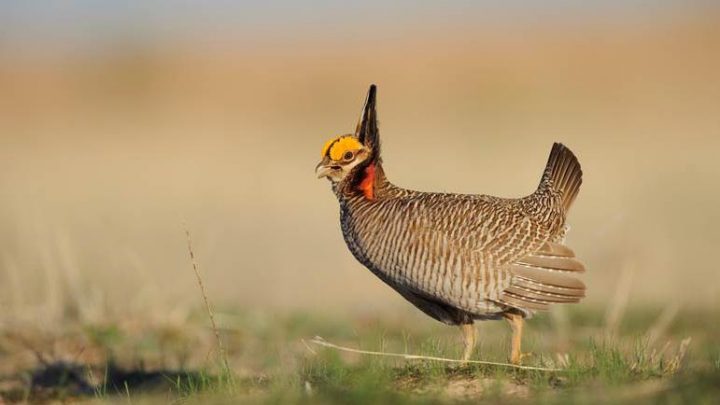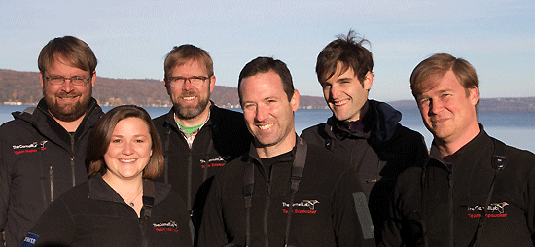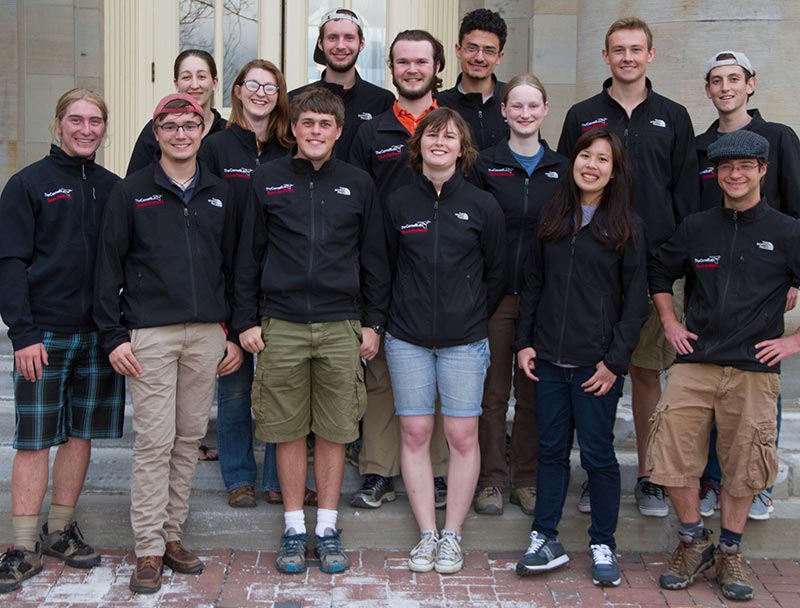Big Day 2016: Tackling the Colorado Record to Raise Funds for Conservation
April 29, 2016
Our second annual Global Big Day takes place May 14, 2016, and everyone’s invited. If you see or hear a bird (or 100 birds), anywhere in the world, you can take part by entering your sightings into eBird.
For the Cornell Lab’s official birding team, the Sapsuckers, Global Big Day will find them in Colorado. After recent years that took them to Panama, Arizona/California, and Texas, they will take aim at the Colorado Big Day record of 204 species. They have three goals:
- to find as many species as possible in one day (and hopefully reach 205)
- to raise money for conservation (it’s the Cornell Lab’s biggest fundraiser of the year)
- to draw attention not only to the region’s great birding but also its urgent conservation needs
The event will be a homecoming for team captain Chris Wood, who grew up near Denver and remembers early mornings spent watching Lesser Prairie-Chickens with his dad more than 30 years ago.
“We camped in southeastern Colorado and awoke before dawn to watch the spectacular displays of one of our nation’s greatest birds,” said Wood. “I’ll never forget the maniacal cries and wails it made as it bobbed its head and strutted back and forth in the shortgrass prairie.”
This year’s Big Day brings attention to the decline of that shortgrass prairie—the team’s route traverses a former Lesser Prairie-Chicken stronghold, but precious few of the birds remain there today. Over the last century, America’s great prairies have seen some of the sharpest bird declines of any ecosystem. But recent restoration efforts have curbed the decline of grassland birds, according to the 2014 State of the Birds report, indicating that it’s never too late for conservation to work.
Getting to 205: Colorado as a Birding Crossroads
This year marks the Sapsuckers’ first Big Day without a sea coast in sight. Choosing a landlocked state means that astronomical, 290+ species days like they’ve had in past years will remain well out of reach. And yet even without sea watches, saltmarshes, estuaries, and mudflats, Colorado still has more than 200 species on offer. How?
“Colorado is a birding crossroads,” explains team member Marshall Iliff. “You may see species from as far north as Canada’s boreal forests to birds that are more typically found in the deserts and mountain canyons of Arizona. It’s entirely possible we could find Blue Jays and Steller’s Jays side-by-side, one species found only in the East and the other only found in the West.”
The team’s route will link up these points of the birding compass in a relatively narrow, 150-mile stretch of Colorado from Pueblo to Lamar. High mountains will offer tundra species such as American Pipit and boreal birds like Pine Grosbeak and American Three-toed Woodpecker—as long as snow doesn’t close the roads. Farther downslope they’ll look for western species such as Black-throated Gray Warbler and Pinyon Jay. Then they’ll turn eastward and follow the Arkansas River, detouring through cholla-studded desert for southern specialties like Curve-billed Thrasher and shortgrass prairie to find Mountain Plovers.
Along the river lie a series of reservoirs that should hold waterfowl, and isolated stands of cottonwoods at places like Chico Basin Ranch should concentrate migrating songbirds. Near Lamar, coveted eastern species such as Northern Cardinal and Red-bellied Woodpecker reach their westward limits. They’ll end the day listening in the darkness again, this time for marsh birds such as Virginia Rail, Least Bittern, and the secretive Black Rail.
Follow along with Team Sapsucker on Facebook as they scout during the week leading up to the Big Day and during the day itself. Once all the birds have been tallied, the team hopes to have raised $500,000 to support the Cornell Lab’s conservation programs. Support from the team’s sponsor, Swarovski Optik, means that every donated dollar goes straight to conservation. Please pledge here.

All About Birds
is a free resource
Available for everyone,
funded by donors like you
American Kestrel by Blair Dudeck / Macaulay Library

